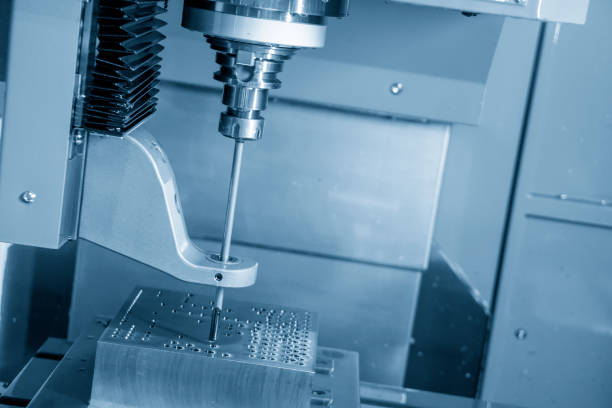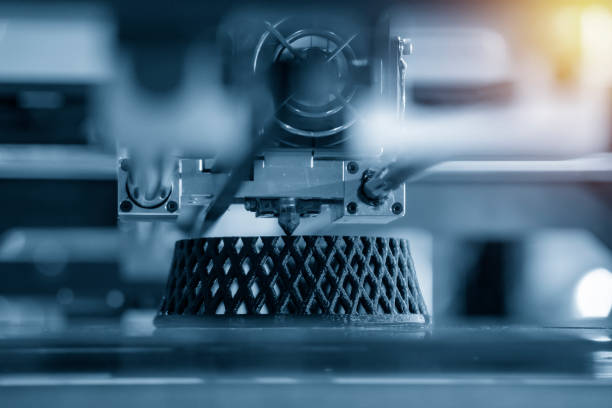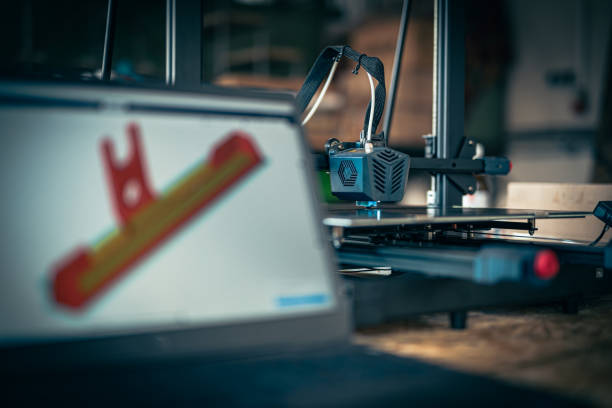- Nov 17, 2025
In today’s competitive market, product development timelines have become crucial for businesses striving to innovate quickly. However, the traditional product prototyping process—especially for complex molded parts—can be slow and costly. This is where rapid mold prototyping techniques come into play, offering manufacturers a fast, cost-effective solution to accelerate the prototyping phase.
Rapid mold prototyping significantly reduces lead times, allowing companies to bring their products to market faster while minimizing costly revisions. In this article, we’ll explore how these techniques can streamline your product development process, improve efficiency, and reduce costs.
What Are Rapid Mold Prototyping Techniques?
Rapid mold prototyping refers to a collection of advanced manufacturing methods that create prototype molds quickly. These methods enable engineers and designers to produce high-quality prototypes of parts or products in a fraction of the time it would traditionally take.
Some of the most popular rapid mold prototyping techniques include:
3D Printing (Additive Manufacturing): A process that builds molds layer by layer based on CAD designs, allowing for quick and precise mold creation.
CNC Machining: Uses computer-controlled machines to cut and shape mold components with high precision, providing faster production times than traditional methods.
Silicone Molding: Uses silicone rubber to create flexible molds for low-volume production, often used in rapid prototyping for soft goods or complex parts.
Casting: Involves creating a mold by pouring material into a pre-shaped cavity, used for both small and medium batches of prototypes.
These methods enable manufacturers to build molds in days, rather than weeks, enabling quicker testing and iteration of design concepts.

How Rapid Mold Prototyping Speeds Up the Product Development Process
1. Faster Iteration of Design Concepts
Traditional mold-making can take weeks, delaying testing and the ability to identify design flaws early on. Rapid mold prototyping techniques cut down this process to just days, allowing for faster design iterations.
Quick Prototyping: Rapid prototyping allows you to test different design variations quickly, enabling you to make adjustments based on real-world performance.
Real-Time Feedback: With faster prototyping, you can gather more feedback from both customers and internal teams, improving the product before mass production.
This faster feedback loop significantly accelerates the design-to-manufacturing process, helping you move from concept to final product in record time.
2. Reduced Time-to-Market
With faster mold production, products can be brought to market quicker, helping your business maintain a competitive edge. Rapid mold prototyping techniques reduce the overall product development cycle by streamlining the prototyping phase.
Lower Lead Times: Traditional mold-making can add weeks or even months to your timeline. With rapid prototyping, you cut those lead times in half, getting prototypes in hand faster.
Efficiency Gains: Faster prototypes mean less downtime in the development process, enabling you to move forward with production faster and ultimately shorten the time to market.
This efficiency is crucial in industries such as electronics, automotive, or consumer goods, where speed and innovation are key drivers of success.

3. Cost Savings on Prototyping and Revisions
One of the most significant benefits of rapid mold prototyping techniques is the reduction in costs. Traditional mold-making often requires expensive materials, long labor hours, and extensive setup times, making it an expensive part of the development process. Rapid prototyping drastically reduces these costs by offering:
Lower Material Costs: Additive manufacturing and other rapid prototyping techniques use less material than traditional methods, reducing waste and lowering overall material costs.
Fewer Revisions: Rapid prototyping allows you to create multiple mold iterations with minimal cost, helping you fine-tune your design before committing to full-scale production.
Lower Labor Costs: The automation and speed of rapid mold prototyping require less human labor, reducing overall labor expenses in mold creation.
The cost savings allow you to allocate resources to other aspects of the project, such as design improvement or marketing efforts.
4. Improved Design Flexibility
In product development, flexibility is crucial. Rapid mold prototyping techniques provide the ability to experiment with different designs, materials, and configurations without the need to invest in expensive tooling or equipment. This flexibility enables:
Quick Adaptation to Changes: If changes need to be made to the product design, rapid prototyping allows you to quickly adapt and create new molds without major setbacks.
Exploration of Complex Designs: Unlike traditional methods, rapid prototyping can handle intricate geometries or complex shapes, giving designers the freedom to explore creative ideas that might have been previously impossible.
This flexibility leads to innovative product designs that stand out in the marketplace.
5. Improved Quality and Accuracy
Rapid mold prototyping not only accelerates the development process but also improves the overall quality of the product. These techniques offer enhanced precision and the ability to create molds that meet exact specifications.
Precision Manufacturing: Methods like 3D printing and CNC machining allow for high levels of precision, ensuring that prototypes meet tight tolerances.
Better Testing: Rapid prototyping provides the opportunity to test functional prototypes in real-world conditions before moving to mass production, ensuring the final product will perform as expected.
By getting accurate prototypes into your hands quickly, you can identify any issues before they become costly production problems.

Conclusion:
In today’s fast-paced market, the ability to quickly and cost-effectively bring new products to life is more critical than ever. Rapid mold prototyping techniques offer a fast, cost-effective solution for accelerating product development, improving design flexibility, and reducing time-to-market. Whether you're designing a consumer gadget, an automotive part, or a medical device, these techniques allow you to test, iterate, and refine your design faster than ever before.
By implementing Oakon rapid mold prototyping, you not only save time and money but also ensure that your products are of the highest quality before reaching the market. This competitive edge can make all the difference in today’s innovation-driven world.
Frequently Asked Questions :
1. How does rapid mold prototyping compare to traditional prototyping?
Rapid mold prototyping is much faster and more cost-effective than traditional prototyping, which often involves longer lead times and higher costs. It allows for quicker iterations and faster time-to-market.
2. What types of products benefit from rapid mold prototyping?
Rapid mold prototyping is ideal for industries such as automotive, consumer electronics, medical devices, and consumer goods, where speed and precision are essential.
3. Can rapid mold prototyping handle complex designs?
Yes, rapid mold prototyping techniques can handle complex and intricate designs that traditional methods may struggle with, offering flexibility for innovation.


